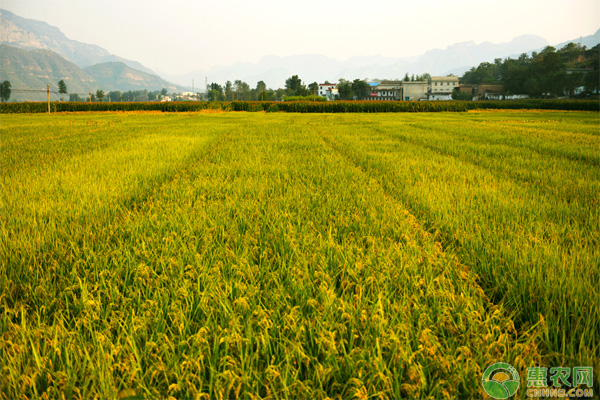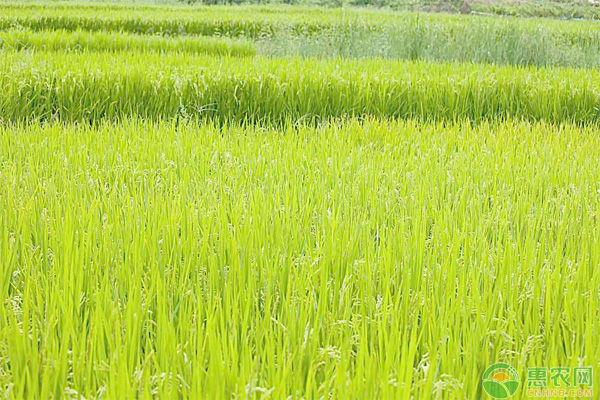What are the causes and control methods of rice seedling yellow, leaf rolling, and curling?
Rice is the country's largest food, and many farmers rely on rice to grow their food. However, the pests and diseases of rice are also considered to be more crops, such as the phenomenon of rice seedling yellow, leaf rolling and curling. What are the reasons for the phenomenon of rice leaf rolling? What are its control measures?

Analysis of the causes of rice seedling yellow, leaf rolling and core: There are many reasons for the phenomenon of rice leaf rolling, the most common of which is rice leaf roller. The damage characteristic of Cnaphalocrocis medinalis is that the larvae are entangled in the leaves of the rice, and the larvae are hidden in the leaves of the rice. The leaves are mainly eaten, leaving only the epidermis of the leaves, forming white streaks on the leaves of rice, causing 1000-grain weight of rice. Lowering, the increase in rice empty granules, resulting in reduced production.

Control method:
1. Select insect-resistant rice varieties and rational fertilization to make rice grow and develop vigorously, prevent premature aging and long-term aging. Scientifically manage water, adjust the time of rest time, reduce the humidity in the field during larval hatching, or inject deep water for 2-3 days at the peak of pupation, killing insects.
2. Protect and utilize the natural enemies of pests, and there are more than 80 kinds of natural enemies of the leafhoppers. There are natural enemies parasitizing or preying in each insect period. The parasitic natural enemies in the egg stage, such as the red-eye bee, the larval stage, such as the velvet bee, the predatory natural enemies such as spiders, frogs, etc., have great control over the vertical leafhopper.
3. Rice is susceptible to rice leaf roller in the tillering and panicle stages, and chemical control should be taken in time. Commonly used agents have 18% insecticidal double drop drops, insecticides, special killings, triazophos, etc., which can be used according to specific conditions.

There are many pests and diseases in rice, and some pests are harmful to the symptoms of rice. It is difficult to determine which kind of pests are specifically determined. This requires the rice planting friends to observe more in peacetime.
Shaft Collar
Shaft Collars are common pieces of hardware used for holding bearings and sprockets to shafts, situate components in motor and gearbox assemblies, and serve as mechanical stops. Shaft collars can be found in virtually any type of machinery and are frequently accessories to other components. Shaft collars provide three primary functions: 1) holding components in place, 2) locating or positioning components on a shaft, and 3) creating an attachment between shaft and another component. Despite their simple design, shaft collars play an important role in a wide range of industrial applications.
Yokelink Shaft Collars come in both inch and metric sizes and are available in either Carbon steel or 304 Stainless Steel. Yokelink shaft collars includes set-screw collars as well as one-piece (single-split) and two-piece (double-split) collars with zinc plated or black oxide finish. Our shaft collars are available for most common sizes ranging from 3/16″ to 4″ and 5mm to 100mm. When you need Shaft Collars, refer to our catalog, we offer them in a full selection of sizes, provide the diameter or part number to get a quote on these shaft collars, leave your message, or send us an email. You can also call us to get answers to your questions and place your order.

Shaft Collars,Zinc Plating Shaft Collars, set-screw collars, single-split Shaft Collar
Ningbo Yokelink Machinery Co.,Limited , https://www.yokelink.com